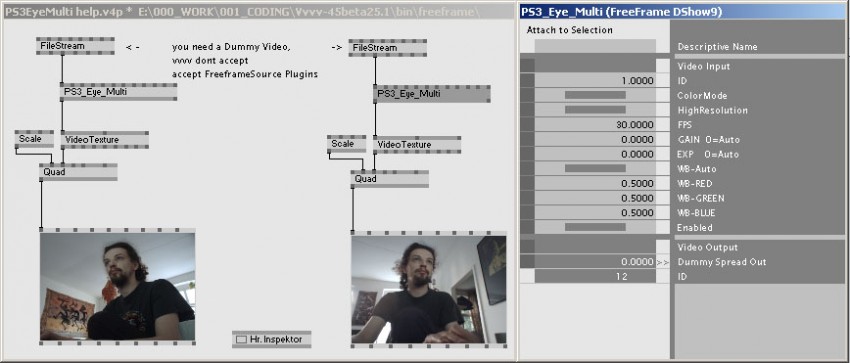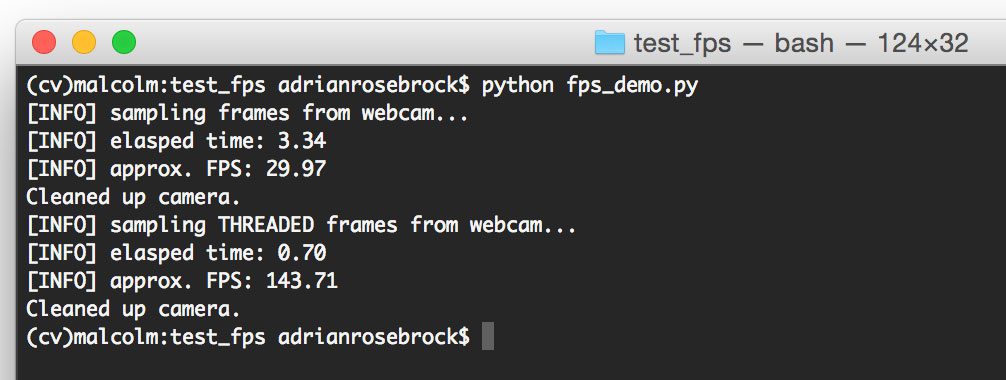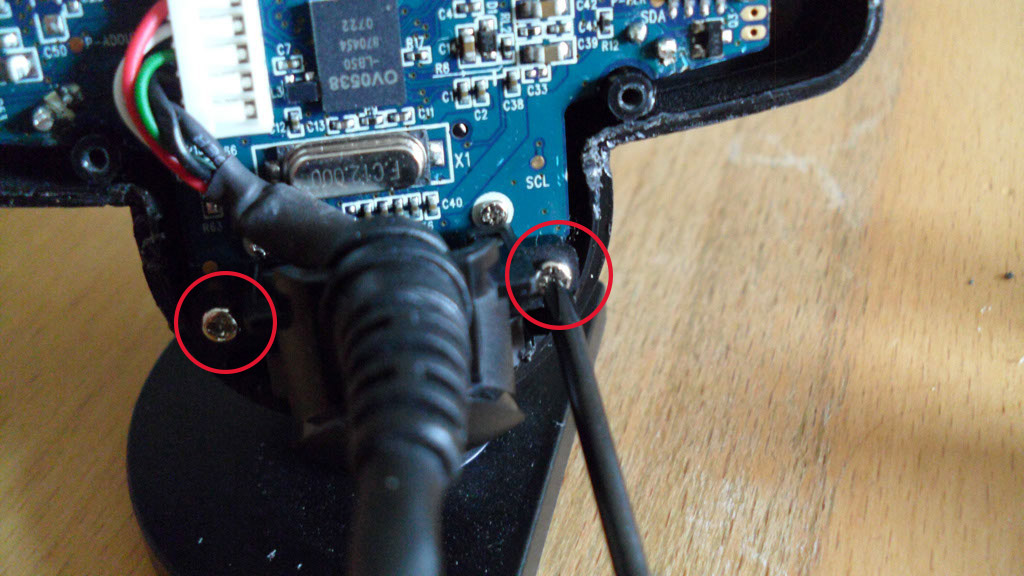

Recalibrating is an annoying procedure.Ī few things you should be on the lookout for: Ethernet is quite nice because you are more likely to find embedded systems with GigEthernet than USB3 at the moment. Didn't have much experience with USB3 yet. Firewire is good if you have a port, but I think it seems to be on the decline in favour of USB3 these days. USB2 is useless as it consumes a lot of CPU. interface - Most cameras come with Firewire/USB2/USB3/Ethernet.So your algorithm is much more likely to be the bottleneck, rather than the chip or the connection. Unless you have a lot of processing power you won't be getting much more than something like 5 Hz anyway. framerate - In my opinion the least important consideration.trigger - when you create your own stereo rig, your cameras should support hardware trigger and ideally one should trigger the other.In most cases a fixed focal length is fine anyway, since you are limited by the selection of your baseline. Make sure your lenses are rigid and have a means to fixate any moving parts e.g. More or less for the same reasons as the resolution. lens/field of view - for mobile outdoor robots I prefer a wide field of view over narrow field of view.Some chips have a wider aspect ratio, which is favourable for the overlap, but you can get the same with using a sub-window of your chip. In the near field the sampling density is usually enough, and the far field your error from the low disparity is more of a problem than sampling density. And you will likely not need that many 3d points. resolution - most stereo algorithms are computationally expensive.shutter - always use a global shutter for anything with computer vision on mobile robots.Most importantly though, the wider the baseline the harder the matching between the two views.

Higher baseline also means that you will get a reduced overlap between your field of views.

Wider baseline results in higher disparity values and thus less noise on the distance estimation. With the baseline you control how much accuracy you get with distance.

This lets everybody easily identify the ones that work and which ones don't (as long as the produced stuck to making all models of a certain number the same and didn't switch in between or randomly). I'd like to gather all existing Modelnumbers (SLEH-xyz etc). There's a lot of topics about the PS3 eye, with somewhat contradicting info on the model numbers (new one = impossible, but then someone with a new one made it.?!).


 0 kommentar(er)
0 kommentar(er)
